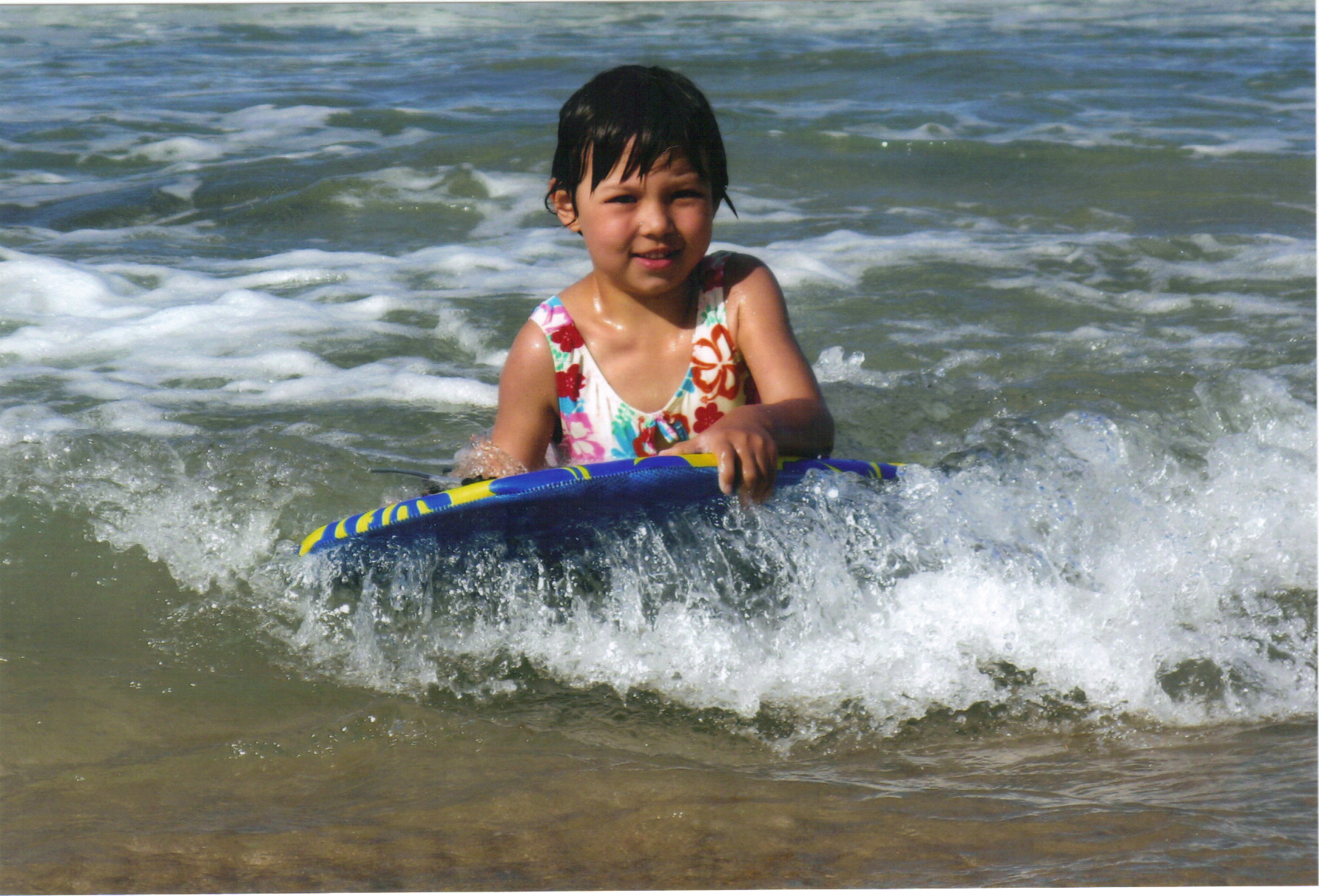You haven’t witnessed the epitome of a helicopter parent (or Capri Sun mom) until you’ve seen me cheering on my young daughter as she boogie boards at one of Hawaii’s most popular beaches.
And by cheer I mean desperately try to protect her from being creamed by a wave, sucked into whitewash or swept out to sea by a nasty current… without her knowing I am doing anything more than applauding her rad moves on a foam board.
Call me a freak, but I stand by my paranoia.
According to the American Academy of Pediatrics (AAP), drowning is the second leading cause of death for children ages 1 to 19. What’s more, it’s not just violent ocean waves that are snuffing out young lives. Hundreds of children die each year in their own homes, be it in a bathtub, swimming pool or hot tub.
If you think the unthinkable can’t happen to you, perhaps the sad story of the Susman family of Laguna Hills, California, will change your mind.
Last month, three-year-old Ellison Susman’s parents insisted the little girl wear a life vest at a pool party they were attending. Sadly, the toddler managed to unhook the vest and remove it from her body in less than a minute while her mother was nursing her two-month-old sister. When Ellison’s mom returned from feeding her baby, she asked other partygoers if they had seen her three-year-old. Less than five minutes later, Ellison’s father found his daughter at the bottom of a hot tub located just steps from the pool where nearly a dozen other people were swimming.
According to the AAP, it only takes a few seconds for a child to drown, which is why the group encourages parents to protect their children “in layers.”
“Children need to learn to swim,” Dr. Jeffrey Weiss of the AAP notes. “But even advanced swimming skills cannot ‘drown-proof’ a child of any age. Parents must also closely supervise their children around water and know how to perform CPR.”
When it comes to protecting your child from drowning, the AAP dismisses the idea of helicopter parents and hovering too closely. In fact, the group highly encourages parents to closely supervise children in and around water. Experts suggest that an adult should be within an arm’s length of an infant, toddler or weak swimmer while in the pool. If you have older children who know how to swim, you should still keep an eye on them while they are in the water.


